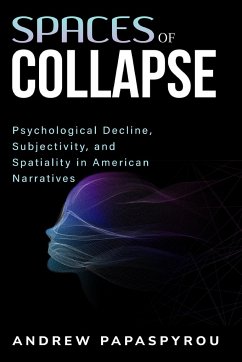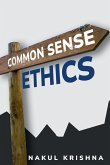The aim of this thesis is to describe the spatial conditions that structure and signify specific forms of psychosis and neurosis. My original intention for this project was to conduct an analysis into traumatic space. However, I soon discovered that I needed to abandon the term "traumatic" to overcome problems with ambiguity. When attempting to lay out the theoretical parameters of spatial trauma, I found myself constructing the same tautological argument over and over: "traumatic space is traumatic." I do not believe that it would be surprising to say that this type of circular reasoning is due to the indirect nature of trauma itself: the discourse of trauma repeatedly tells us that trauma cannot be described, except through its mechanisms or effects. Sigmund Freud, for example, tells us that trauma is defined as "any excitations from outside powerful enough to break through the protective shield" (Beyond the Pleasure Principle 45). Later, Jacques Lacan argues that traumatic experience comes in the form of "an image which summarizes [...] that which is least penetrable in the real, of the real lacking any possible mediation, of the ultimate real, of the essential object which isn't an object any longer, but this something faced with which all words cease and all categories fail, the object of anxiety par excellence." (Ego in Freud's Theory and in the Technique of Psychoanalysis, 1954-1955, 164). Together, Freud and Lacan define trauma as a shattering experience caused by a phenomenon that exists outside the realm of language and signification. In the Freudian tradition, Nicolas Abraham and Maria Torok extend the traditional psychoanalytic formulation of trauma by emphasizing its indescribability: "The words that cannot be uttered, the scenes that cannot be recalled, the tears that cannot be shed-everything will be swallowed along with the trauma that led to the loss" (130).







